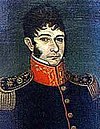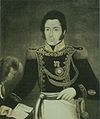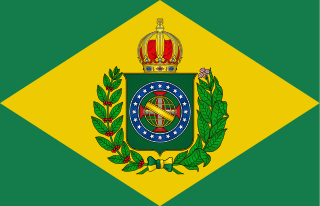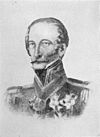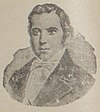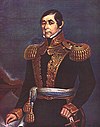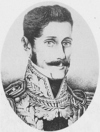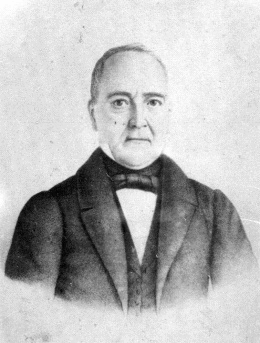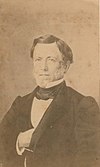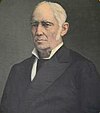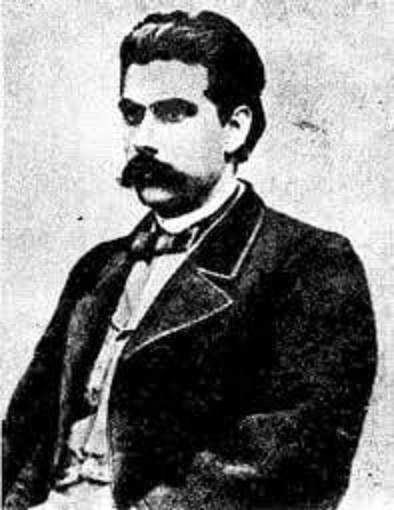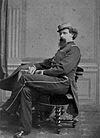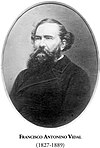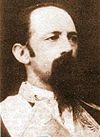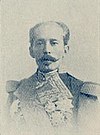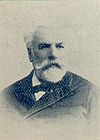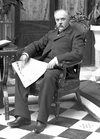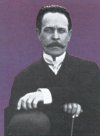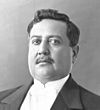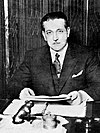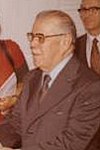It has been requested that the title of this article be changed to List of presidents of Uruguay . Please see the relevant discussion on the discussion page. The page should not be moved unless the discussion is closed; summarizing the consensus achieved in support of the move. |

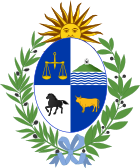 |
|---|
| This article is part of a series on the politics and government of Uruguay |
|
See also |
Uruguay is a presidential republic in which the President (Spanish : Presidente) is both the head of state and head of government. The following is a list of all the people who have held the office of President of Uruguay since 6 November 1830 (when the first constitution was adopted), with the exception of those who held the office of "President" under the National Council of Government, which served as the country's executive directory from 1955 to 1967. The first president of this list is Fructuoso Rivera, who held the office twice and once as part of the Triumvirate that ruled Uruguay from 1853 to 1854.

Uruguay, officially the Oriental Republic of Uruguay, is a country in the southeastern region of South America. It borders Argentina to its west and Brazil to its north and east, with the Río de la Plata to the south and the Atlantic Ocean to the southeast. Uruguay is home to an estimated 3.44 million people, of whom 1.8 million live in the metropolitan area of its capital and largest city, Montevideo. With an area of approximately 176,000 square kilometers (68,000 sq mi), Uruguay is geographically the second-smallest nation in South America, after Suriname.
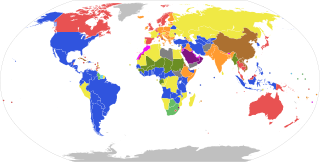
A presidential system is a democratic and republican system of government where a head of government leads an executive branch that is separate from the legislative branch. This head of government is in most cases also the head of state, which is called president.
A republic is a form of government in which the country is considered a “public matter”, not the private concern or property of the rulers. The primary positions of power within a republic are not inherited, but are attained through democracy, oligarchy or autocracy. It is a form of government under which the head of state is not a hereditary monarch.
Contents
- Governors of Uruguay as a province
- Oriental Province (1814–1817)
- Cisplatine Province (1817–1828)
- Oriental Province (1825–1828)
- Heads of state of Uruguay as an independent country
- Government and Provisional General Captaincy of the Oriental State of Uruguay (1828–1830)
- Oriental State of Uruguay (1830–1919)
- Oriental Republic of Uruguay (1919–present)
- Timeline
- See also
Most of the Presidents of Uruguay have belonged to the Colorado Party, a traditionally conservative party founded by Rivera in 1836. The first free democratic elections for President were held in 1920. The current president is Tabaré Vázquez of the Broad Front, who was elected for a second term in the 2014 presidential election.
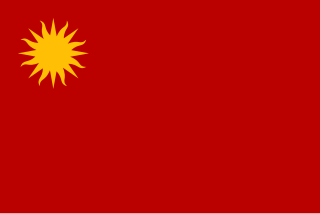
The Colorado Party is a political party in Uruguay.
Conservatism is a political and social philosophy promoting traditional social institutions in the context of culture and civilization. The central tenets of conservatism include tradition, human imperfection, organic society, hierarchy, authority, and property rights. Conservatives seek to preserve a range of institutions such as religion, parliamentary government, and property rights, with the aim of emphasizing social stability and continuity. The more traditional elements—reactionaries—oppose modernism and seek a return to "the way things were".

Tabaré Ramón Vázquez Rosas is a Uruguayan politician serving as the 41st and current President of Uruguay since 2015. He previously served as President from 2005 to 2010 as the 39th officeholder. A physician (oncologist), he is a member of the leftist Broad Front coalition.

